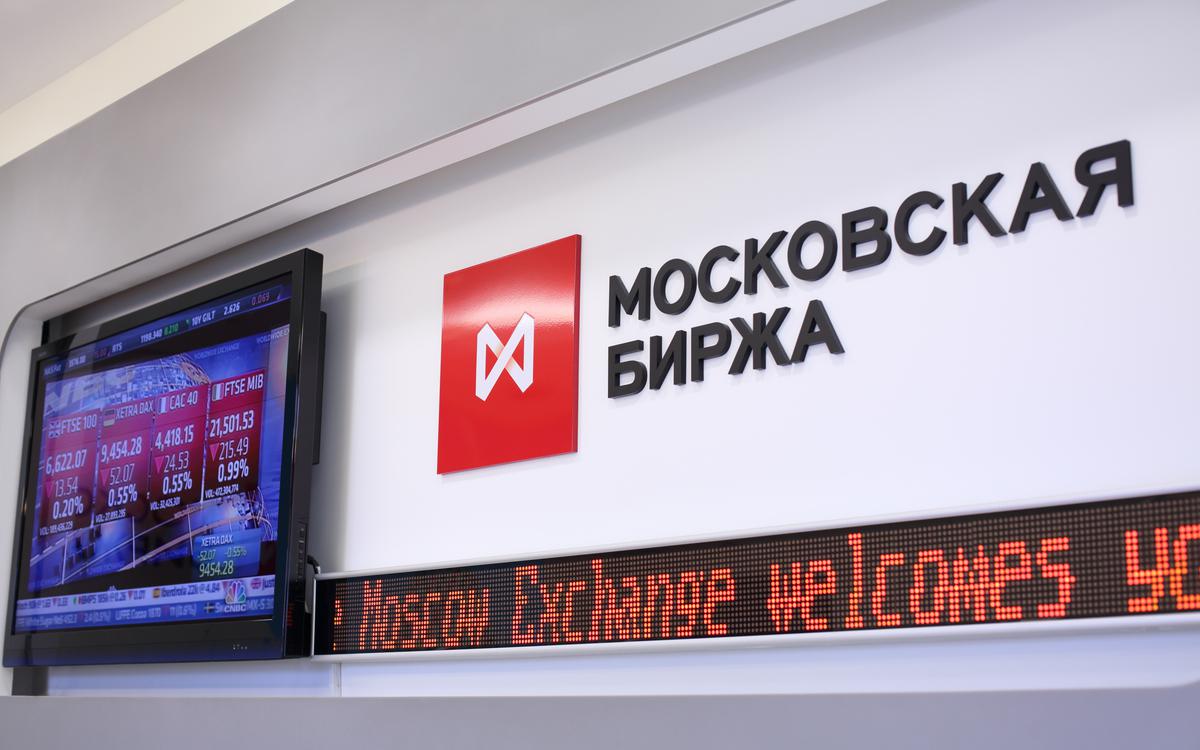Russian IPOs 2025: Review of the Most Anticipated Listings of the Year
Introduction
In 2025, the Russian IPO market is gearing up for a series of significant listings from both state-owned and private companies. This presents a unique opportunity for investors to enter the capital of issuers at the outset and potentially achieve high returns. However, the success of participating in these offerings relies on understanding regulatory changes, industry trends, and macroeconomic factors that influence company valuations and prospects.
1. Overview of Planned IPOs for 2025
1.1 "Dom.RF"
The state holding company "Dom.RF" plans to raise up to 40 billion ₽ with a free float of up to 25%. The placement will occur in two stages: a preliminary bookbuilding phase and a public offering through the Moscow Exchange. Investors should closely monitor the announced price and the lock-up period of 12 months, which protects against short-term sales.
[1]1.2 "Sibur"
The petrochemical giant "Sibur" has announced an IPO with a volume of up to 50 billion ₽ while maintaining state control over the majority stake. The company proposes stable dividends amid rising global commodity prices and plans to use the proceeds for modernising its facilities. The free float is estimated at 15-20%.
[1]1.3 Infrastructure Holdings
"VIS" (Vostok Infrastructure Systems) – a logistics asset operator – aims to raise 15–20 billion ₽. "Monopoly" – a fixed-line network operator – is aiming for a volume of 8–10 billion ₽. These companies attract investors through stable cash flows and long-term contracts.
[2]1.4 Energy and Chemical Companies
Regional energy holdings and medium-sized oil refineries have announced a placement in the fourth quarter of 2025. The total deal volume is expected to range from 5 to 10 billion ₽, with a free float of 20–30%. It is crucial for investors to assess tariff regulation, investment programmes, and the companies' environmental commitments.
1.5 Retail and Consumer Sector
Fast-food chains and grocery discounters are considering IPOs as a means to attract capital for expansion into regional cities. Expected returns are projected at 4-6% annually, with revenue growth up to 15%.
2. Government Support and Privatisation through IPOs
2.1 Goals of Government IPOs
The privatisation of "Dom.RF" and "Sibur" through IPOs aims to increase transparency and attract partial financing through market mechanisms. State companies maintain control while investors gain access to stable assets backed by government guarantees.
2.2 Features of Government Placements
Government IPOs are characterised by conservative pricing, heightened regulatory scrutiny of the prospectus, and mandatory lock-ups for insiders. These measures mitigate the risks of sharp declines in stock prices post-listing and support long-term price stability.
2.3 Impact on the Stock Market
Large government placements stimulate liquidity, attract institutional investors, and heighten interest in sectoral market segments. Following an IPO, state companies often become drivers of growth for the Moscow Exchange indices.
3. Technology and IT Companies
3.1 JetLend
The P2P lending platform JetLend is planning an IPO with a capitalisation of up to $300 million. Revenue in 2024 grew by 60%, but investors should be cognizant of credit risks and regulatory changes in the fintech sector.
[3]3.2 "Nanosoft"
The software developer for industrial automation aims to raise 5 billion ₽. The company has contracts with large metallurgical holdings and strategically important enterprises.
[4]3.3 Rubytech
EdTech startup Rubytech is set to go public with a valuation of 15 billion ₽. Its primary focus is on online education and corporate training, with revenue growing at 40% annually.
[5]3.4 ESG and "Green" Projects
Several technology IPOs are joined by companies in the renewable energy and sustainability sector. ESG reporting and environmental commitments increase the chances of successful listings among "green" investors.
4. Regulation and Central Bank of Russia Requirements
4.1 Listing Standards
Starting in 2025, the Central Bank of Russia has tightened requirements regarding free float (≥25%), mandatory disclosure of ESG data, and corporate governance. Issuers are required to publish detailed sustainability reports.
[6]4.2 Investor Protection
New rules for preparing the emission prospectus have been introduced: audits for the past three years, disclosure of ownership structures and conflicts of interest. These measures enhance the quality of information and reduce the risk of fraud.
4.3 Bookbuilding Procedures and Roadshows
Bookbuilding is conducted based on electronic applications, and roadshows take place in Moscow and London to attract foreign investors and gauge demand. The price range is finalised based on negotiations with major investors.
5. Investment Recommendations
5.1 Performance Analysis
When evaluating IPOs, consider P/E ratios, P/B ratios, operating margins, and the duration of lock-up. A free float of at least 25% ensures stable liquidity and reduces speculative risks.
[3]5.2 Risks and Diversification
Geopolitical risks and sanctions restrict capital inflows. Diversify investments between government and private IPOs, across different sectors and exchanges (Moscow Exchange, SPB Exchange).
5.3 Entry Strategy
Submit applications early through a broker, distribute limits across tranches, and use limit orders to average out prices. Consider engaging in syndicated placements for institutional investors.
6. Industry Trends and Prospects
6.1 Infrastructure and Logistics
The growth of e-commerce fuels demand for the services of logistics operators. The IPOs of "VIS" and "Monopoly" offer investors a share in large projects focused on the development of transport and digital infrastructure.
[2]6.2 Energy and Chemicals
Global commodity price cycles provide additional revenues for energy and petrochemical companies. "Sibur" continues to expand its product portfolio and processing technologies.
6.3 Technology Sector
The development of FinTech and EdTech serves as critical growth drivers. Investors anticipate long-term market expansion in digital financial and educational services, supporting high valuations for IT IPOs.
6.4 "Green" Economy
ESG principles are becoming mandatory for large issuers. Companies in renewable energy and "green" technologies are increasingly likely to achieve successful listings and attract European investors.
7. Macroeconomic Factors and Risks
7.1 Central Bank of Russia Key Rate
With the key rate rising to 12%, the costs of servicing issuers' debt increase, which may reduce the appeal of IPOs with high leverage.
[3]7.2 Inflation and Currency Exchange Rates
Inflation around 7% decreases the real yield of coupon payments and dividends, while the depreciation of the rouble may adversely affect evaluations of issuers with export revenue.
7.3 Sanctions and Geopolitics
Restrictions on the operations of foreign depositories and sanctions reduce the interest of foreign investors. Listing on the SPB Exchange and OTC platforms can partially offset these limitations.
8. Post-IPO: Stock Behaviour and Recommendations
8.1 The First Weeks After Listing
Typically, stocks decline by 5-15% immediately post-IPO due to sales from primary investors once bookbuilding concludes. Investors with a long-term horizon may realise losses and await price recovery within 6-12 months.
8.2 Lock-up and Its Conclusion
The end of a lock-up period often triggers a wave of sales from insiders. It is essential to be aware of the lock-up expiration date and either reduce positions in advance or hedge risks.
8.3 Long-term Perspective
Successful IPOs in Russia demonstrate stock price growth of 20-50% in the first year post-listing. Companies with robust business models and transparent management lead to significant capitalisation growth.
9. Success and Failure Stories of IPOs
9.1 Successful Example — "Dodo Pizza"
Although not a Russian issuer, the example of Dodo Pizza in London showcases a 70% increase within the first six months. Russian companies may replicate this scenario with strong revenue growth and effective marketing.
9.2 Failure — Fintech Startup "Bystrokredit"
In 2024, the IPO of the startup "Bystrokredit" attracted only 40% of the required volume. Weak financial reporting and lawsuits against the company deterred investors, leading to the withdrawal of the placement.
10. Conclusions and Investor Advice
10.1 Define Your Profile
Evaluate your investment horizon, risk tolerance, and objectives. A strategy of "some in government IPOs, some in IT, some in infrastructure projects" mitigates risks.
10.2 Diversify Investments
Spread resources across 5-7 IPOs and secondary market instruments. Avoid investing more than 10% of capital in a single placement.
10.3 Employ a Long-Term Approach
IPOs are not immediate wealth-building tools. Plan to hold shares for at least 12 months to smooth out volatility.
10.4 Stay Informed
Regularly check issuer press releases, reports from the Central Bank and Ministry of Finance, and participate in analysts' webinars. Current information will help adjust strategies in a timely manner.




